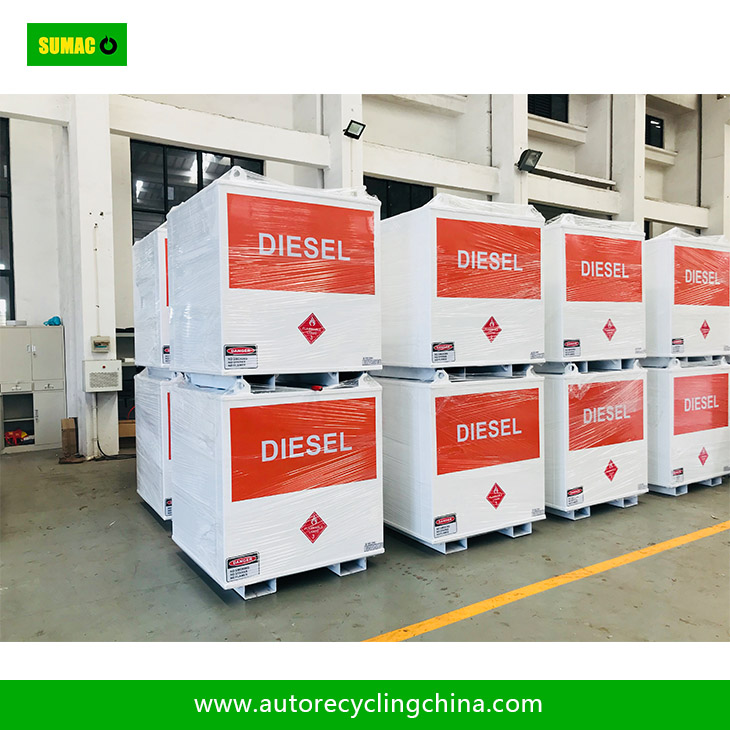Self-bunded tanks provide safe storage for fuels, chemicals, and other hazardous liquids, but proper installation is critical to ensure their effectiveness and regulatory compliance. Below are the key installation requirements:
1. Site Preparation
-
Level Ground: The tank must be placed on a stable, level surface (concrete pad or compacted gravel) to prevent structural stress.
-
Clearance Space: Maintain adequate space (as per local regulations) from buildings, property lines, and ignition sources.
-
Drainage: Ensure the site has proper drainage to prevent water pooling around the tank.
2. Foundation & Support
-
Non-combustible Base: A concrete slab (minimum 100mm thick) is typically required to support the tank and resist fire hazards.
-
Anti-corrosion Measures: Use protective barriers if installing on soil prone to moisture or chemical exposure.
3. Venting & Piping
-
Ventilation: Install vents to prevent pressure buildup and ensure safe vapor release (following ATEX/DSEAR guidelines for flammable liquids).
-
Leak-proof Connections: Use sealed, compatible piping (e.g., steel or HDPE) with secondary containment for fill lines and dispensers.
4. Safety & Compliance
-
Fire Protection: Follow NFPA/API standards for spacing and firewalls if storing flammable materials.
-
Spill Kits: Keep spill response equipment nearby for emergency leaks.
-
Regulatory Signage: Label tanks with hazard warnings and capacity details as required by OSHA/EPA.
5. Testing & Inspection
-
Pre-commissioning Check: Test for leaks (hydrostatic or air pressure tests) before use.
-
Regular Inspections: Schedule periodic checks for corrosion, weld integrity, and containment space.
6. Accessibility
-
Ensure easy access for delivery trucks, maintenance, and emergency responders.

